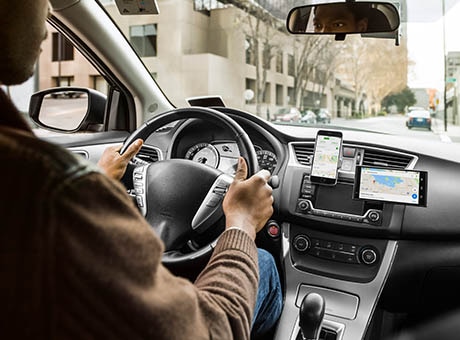

Need to use your personal vehicle for business? You can transfer ownership of the vehicle from yourself to your company. There are a variety of reasons you may need to transfer personal property to your small business. The Canada Revenue Agency (CRA) has a specific process on how to account for these transactions, and the steps vary based on your business structure. Ensure that you handle these transactions correctly to avoid future headaches.
If you plan to use your vehicle exclusively for your business, you should use its fair market value when determining your business deduction. On the other hand, if you plan to use your vehicle for both business and personal use, you should only use a portion of its value to calculate your deduction.
With items such as office furniture, computers, or tools, you can simply estimate the portion of time you use the item professionally and personally. For example, if you use your computer half the time for work and half the time for play, 50% of its value is a business expense.
With a vehicle, you need to keep detailed records to determine the portion used for the business. Most self-employed people handle this task with a simple mileage log. To explain, suppose you drove your vehicle 20,000 kilometres total over the year, and 5,000 of those kilometres were for business. In this case, you can claim 25% of the vehicle’s fair market value, or $2,500, as a business expense.
The vehicle is a capital expense, and that means you can’t write off the $2,500 right away. Instead, you need to write it off incrementally over a few years.
If you’re a sole proprietor, you must transfer assets using fair market value. To assess the fair market value of your car, you could:
Imagine that you bought a car for $10,000. You use the car personally for a couple of years and its value declines. To determine its fair market value currently, you look at the prices of similar used cars for sale and assess that the car is worth $5000. When you transfer the car to your business, you treat the transaction as if your business purchases the computer from you for $5000. This is the number you use when establishing your capital cost allowance for your tax return.